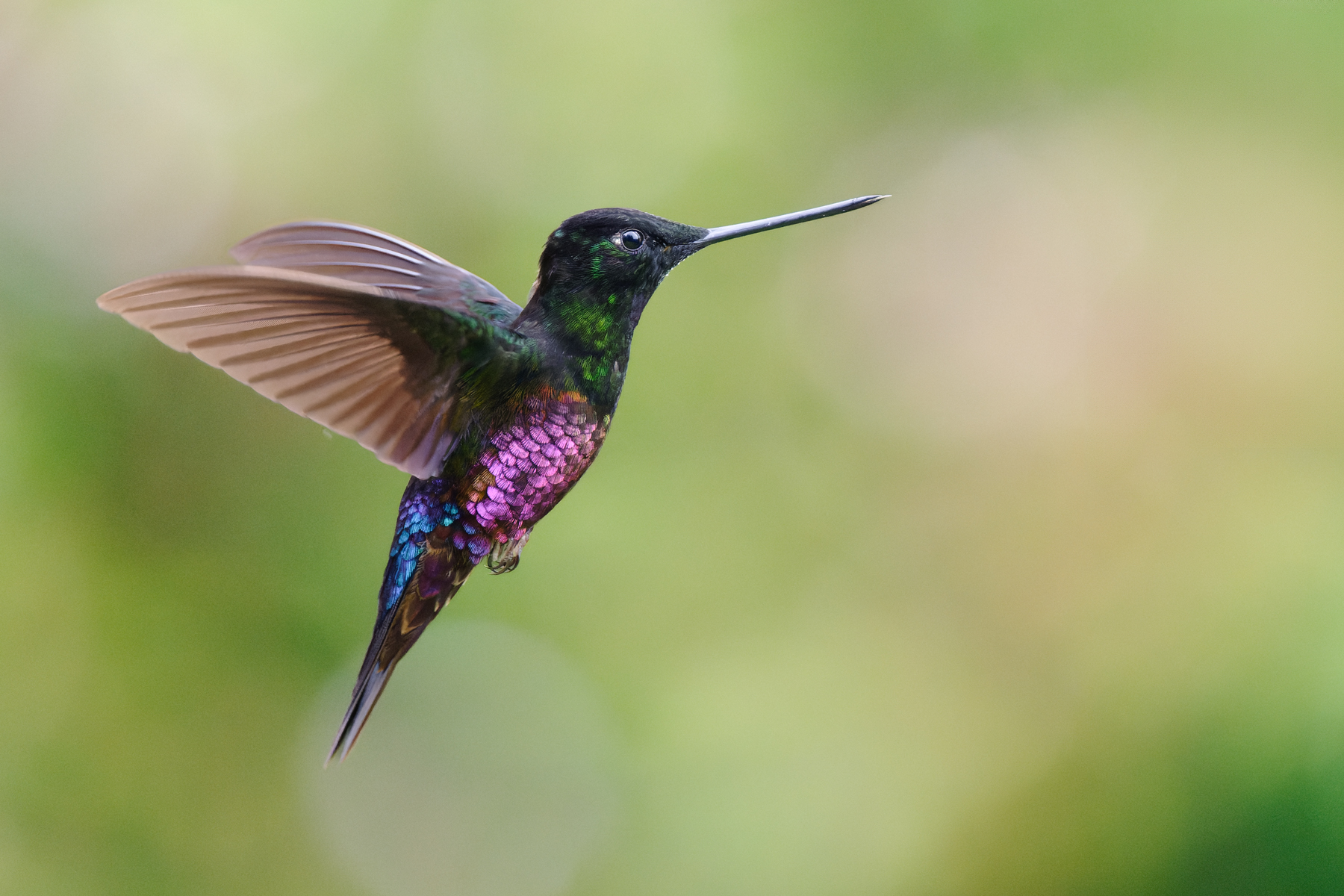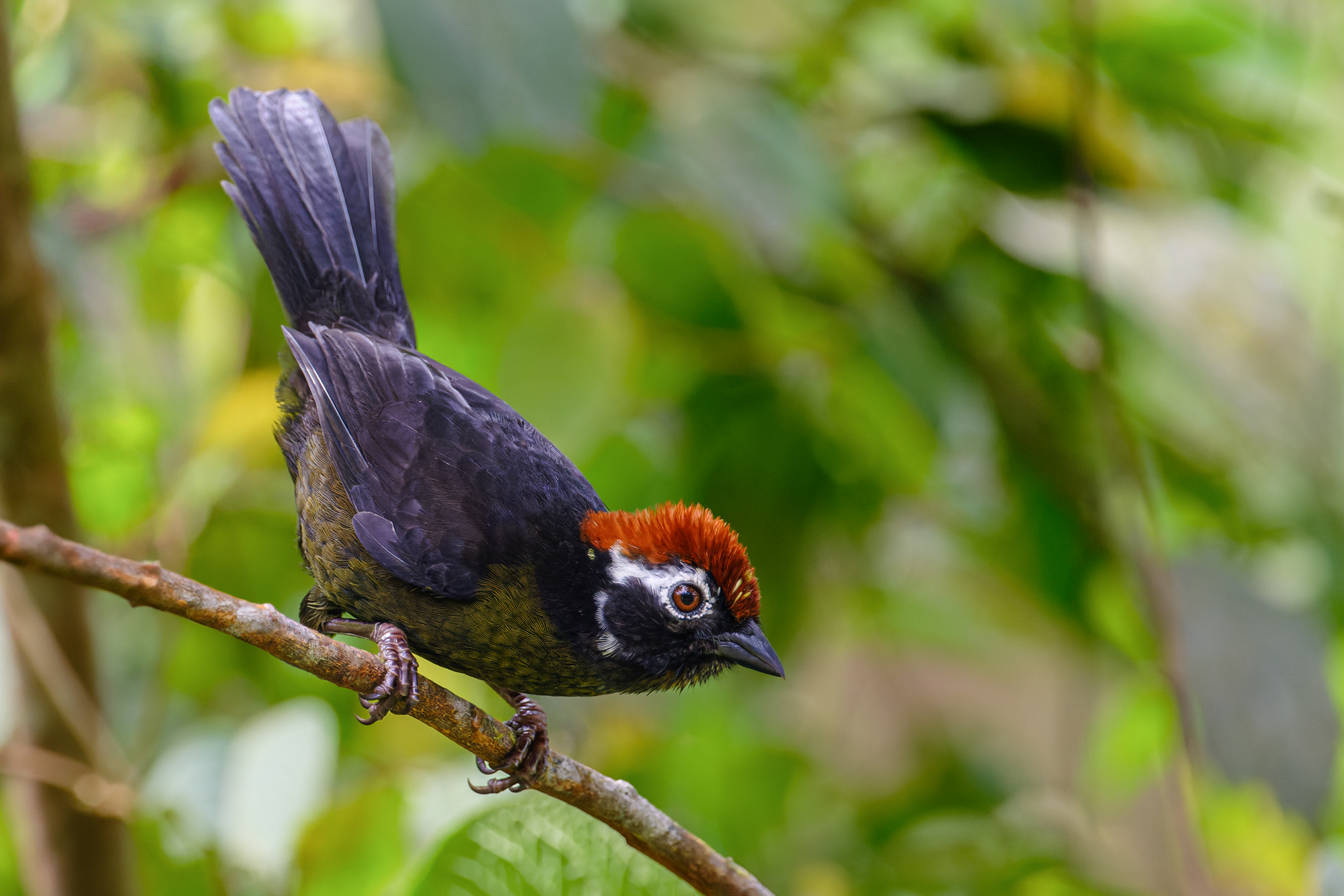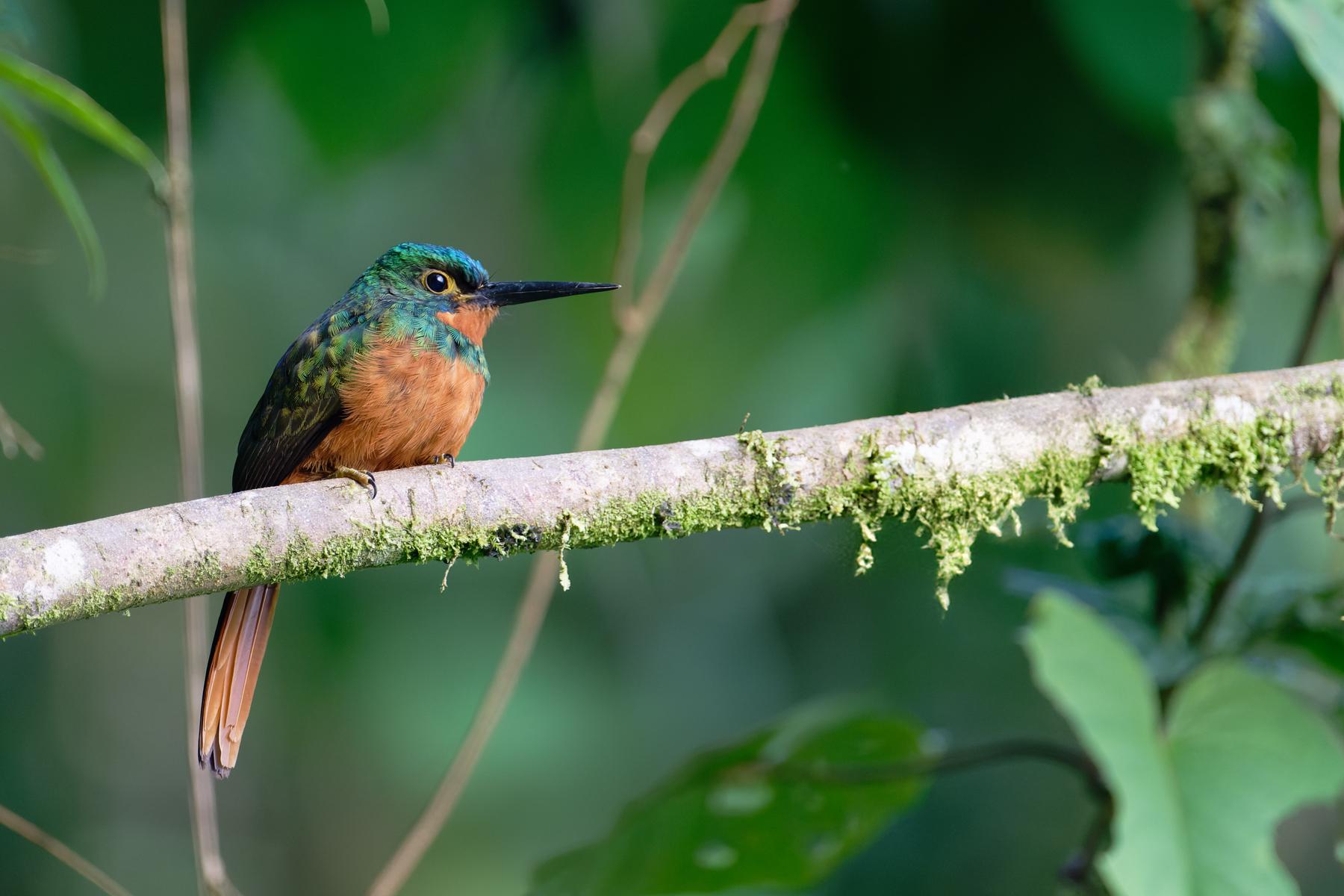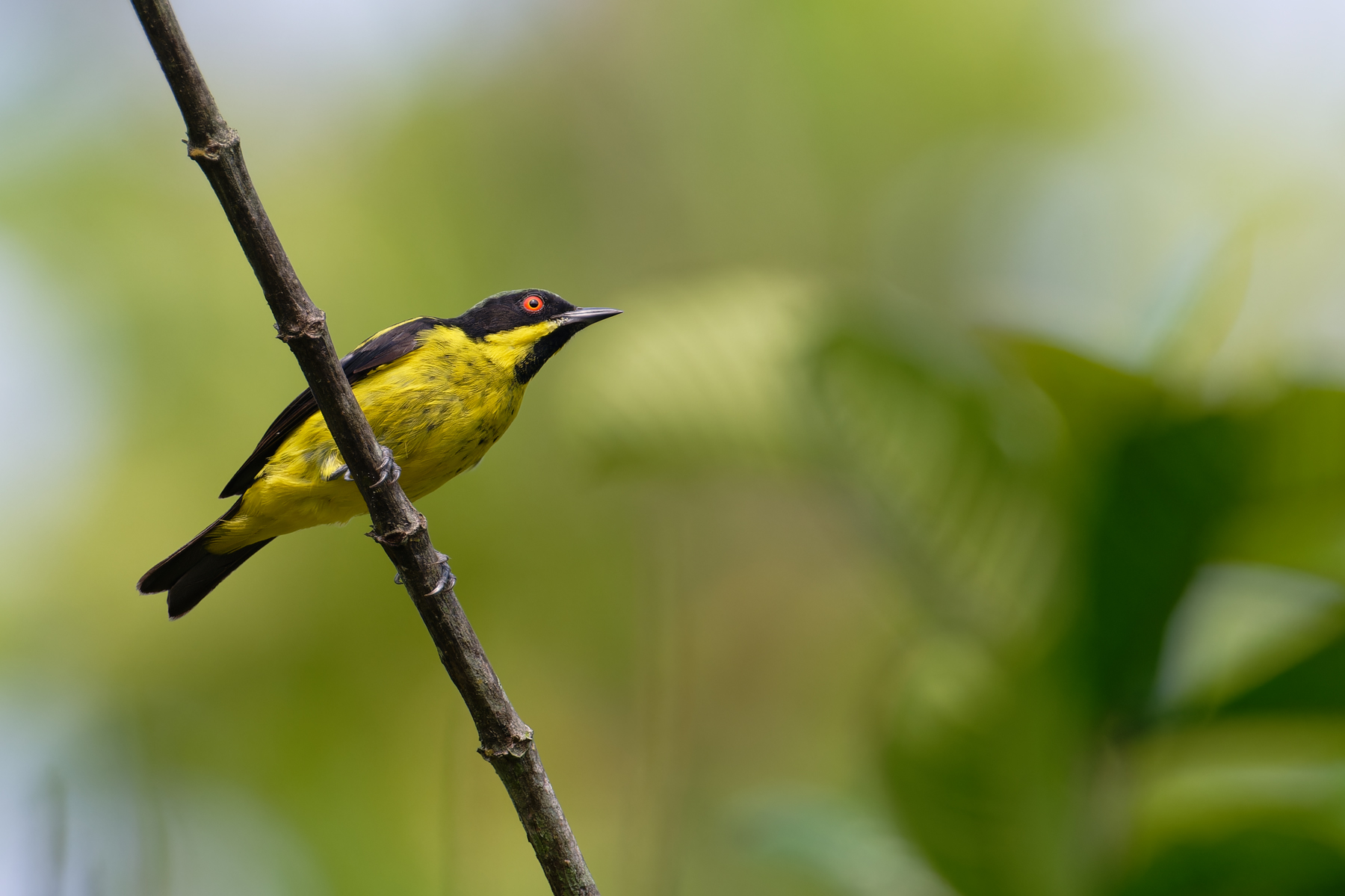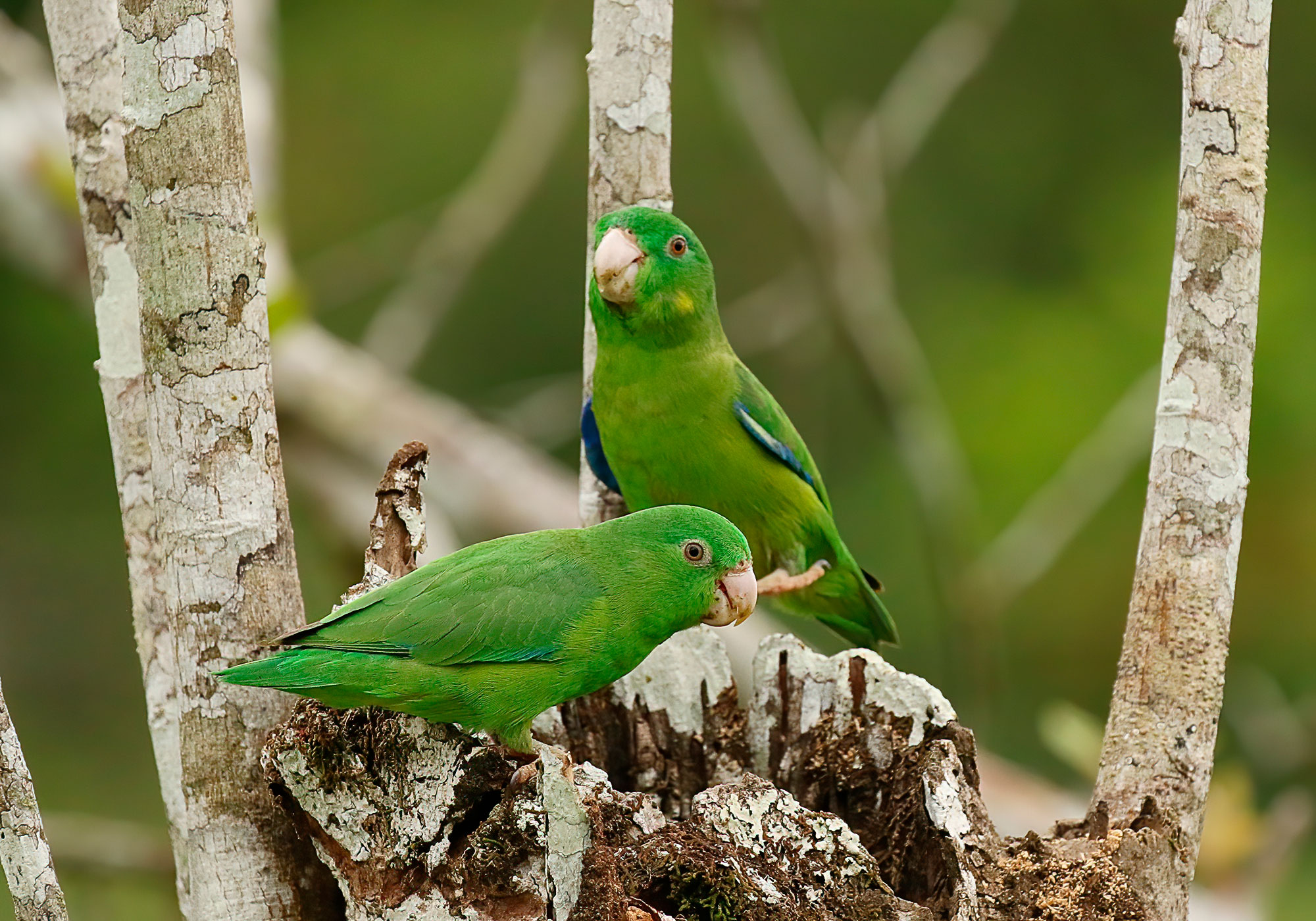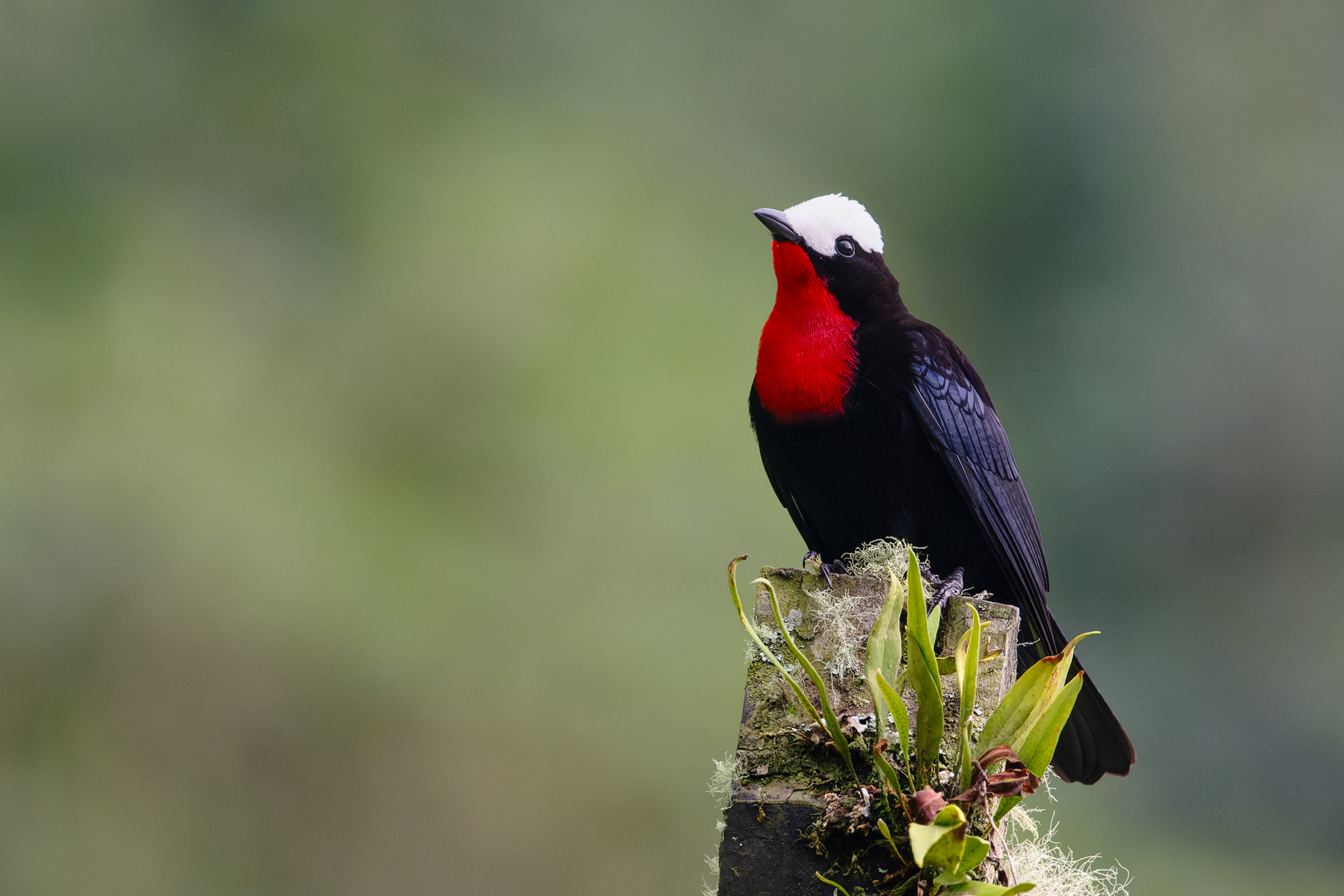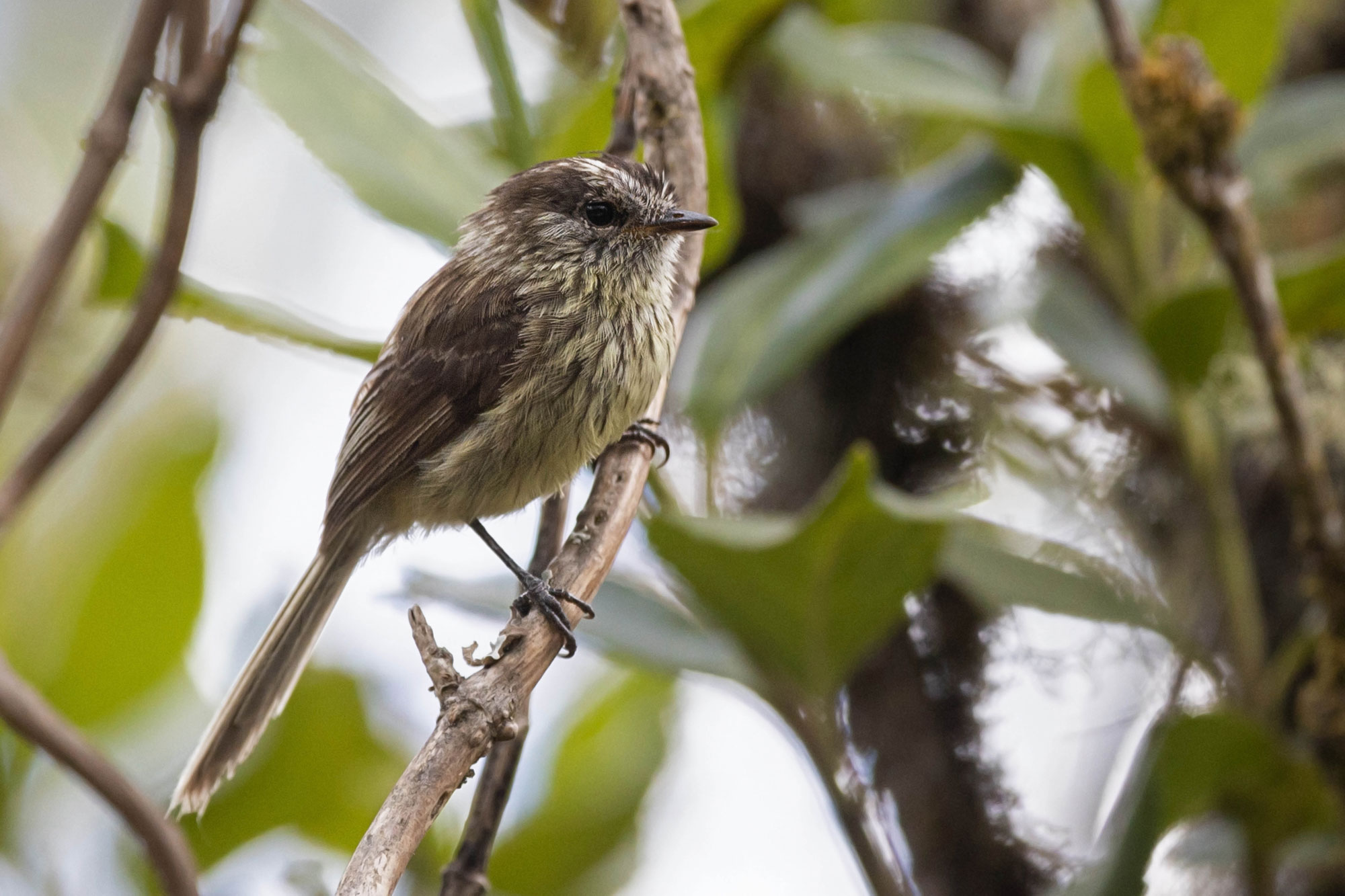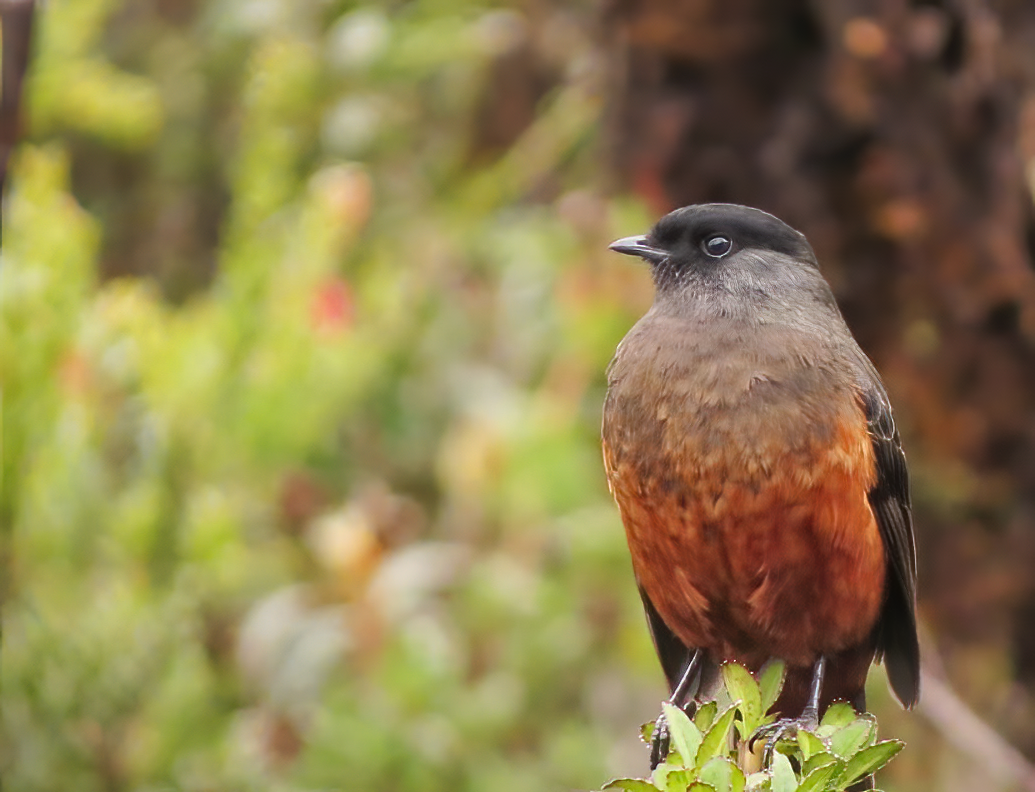
Colombia’s Andes mountains are a haven for high bird endemism. Because of the geographic isolation of each range and the altitudinal variation of each mountain, multiple species specialized in various habitats have evolved.
The Putumayo department is a brand new birding destination. It has a variety of ecosystems that provide the ideal setting for a successful birding trip, including terra firme forests, foothills, sub-Andean and Andean forests, and Paramo and dwarf forest highland vegetation. Putumayo is an all-inclusive experience that blends well with the departments of Huila to the north and Nariño to the west. This last one can extend your birding adventure by a week by going down to the Pacific foothills and coast to find birds from the Chocó region as well as many others from Ecuador and northwest Peru.


